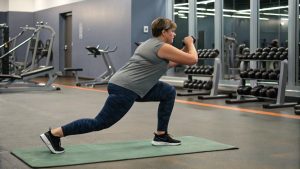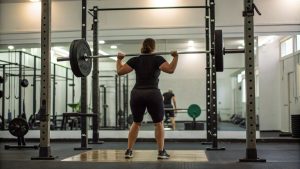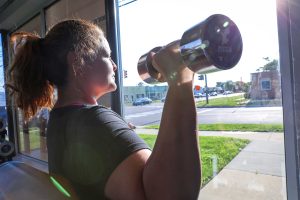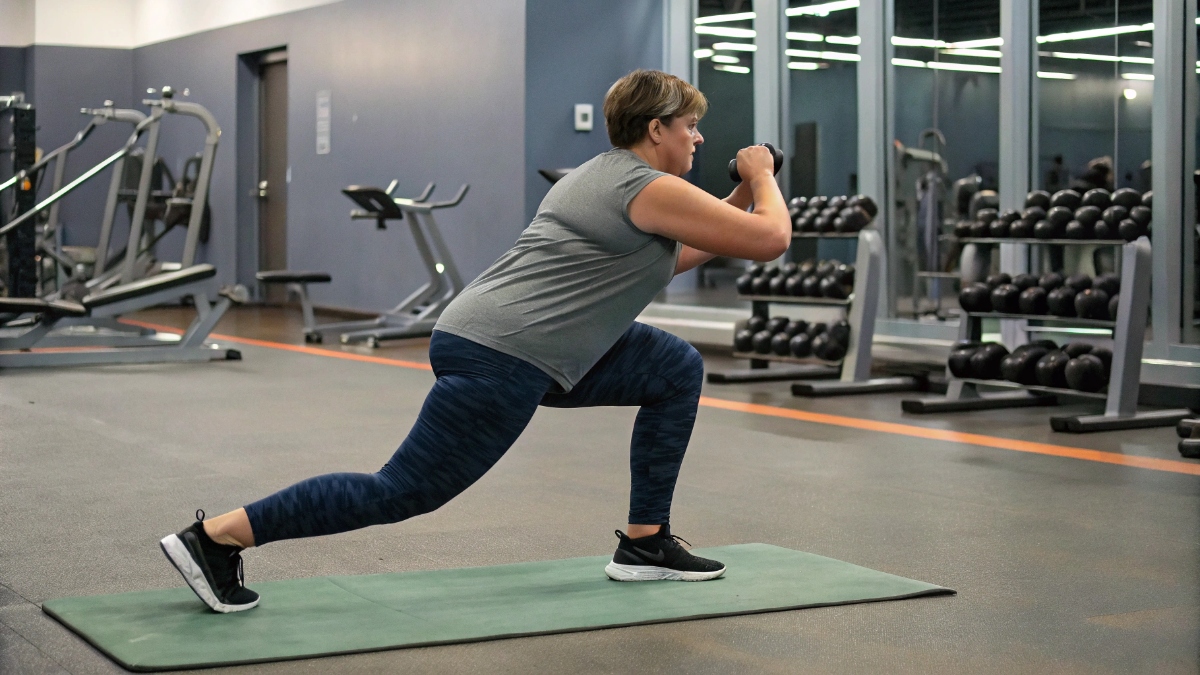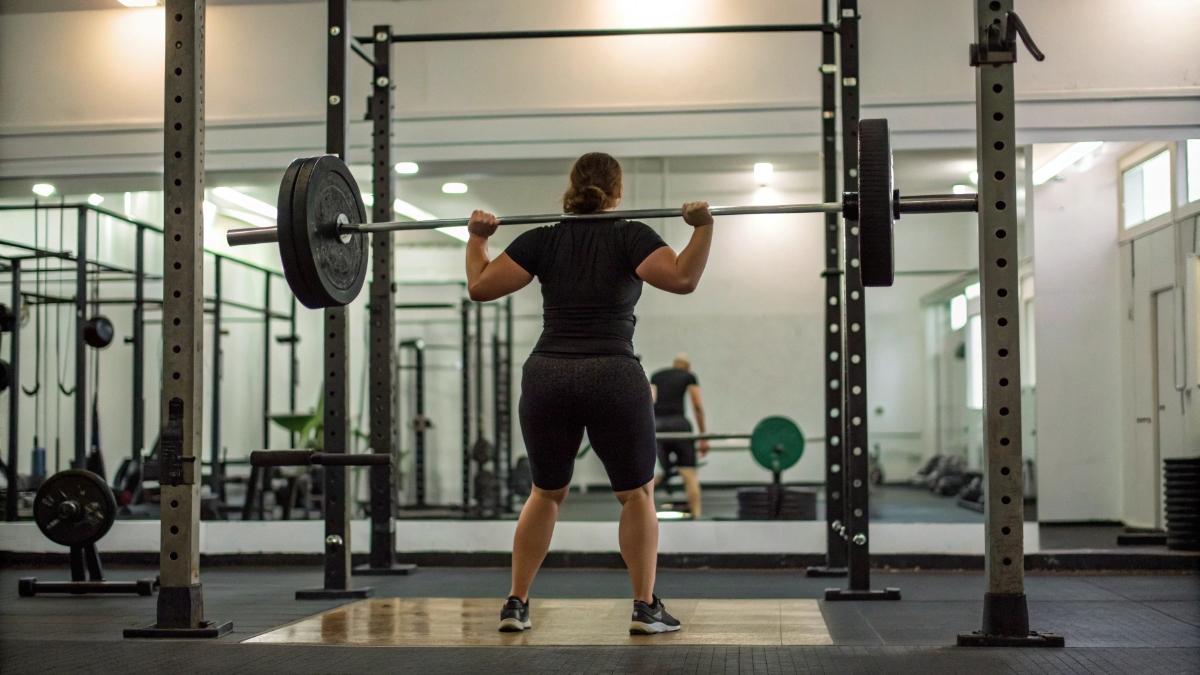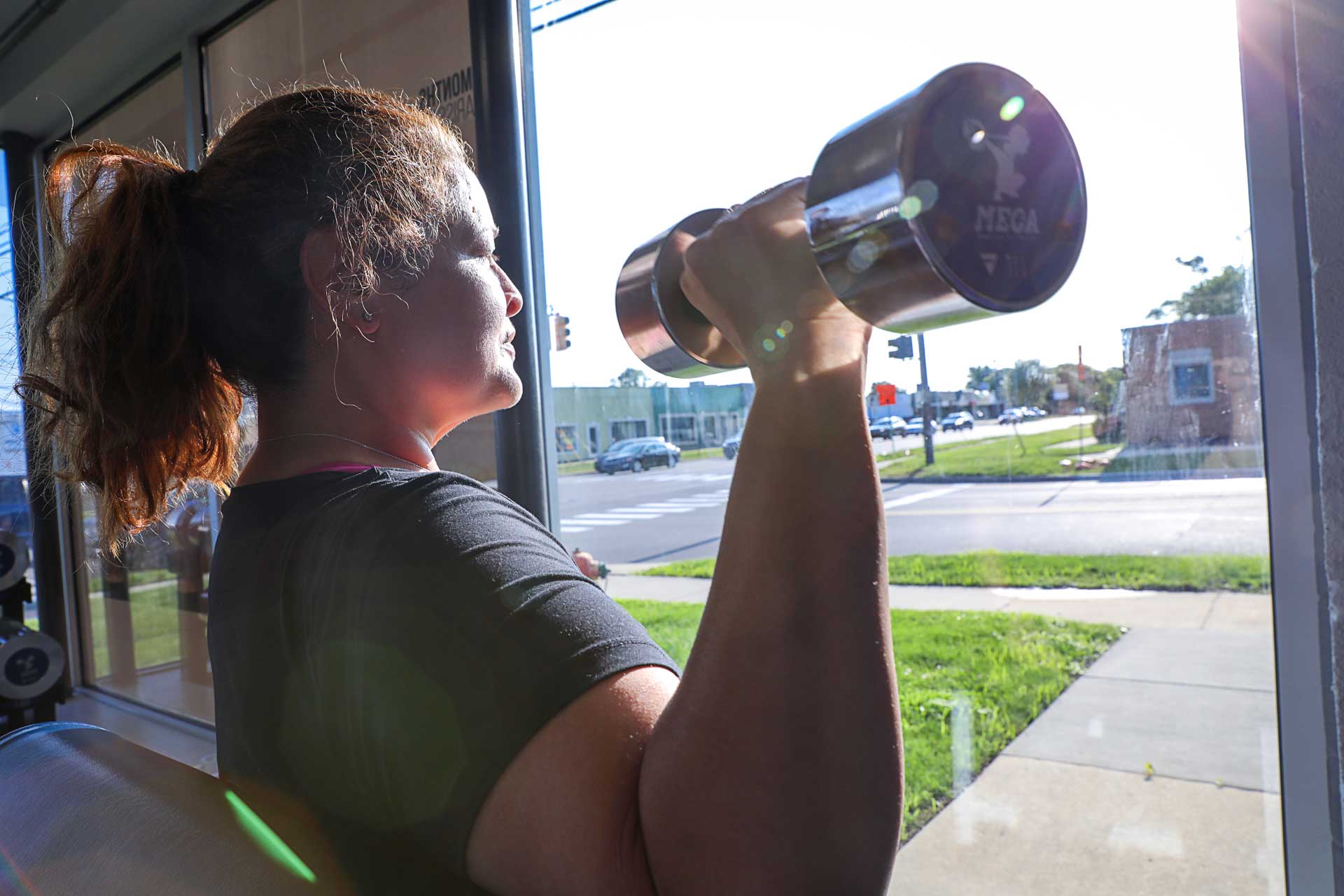Injury prevention in Detroit is essential for athletes of all levels—whether you’re a weekend warrior navigating Belle Isle Park, a youth athlete preparing for college recruitment, or a professional training year-round. The city’s distinct seasonal changes, diverse training surfaces, and urban environment present unique risks. But with the right knowledge, preparation, and proactive strategies, you can build a safer, stronger foundation for long-term athletic success.
Common Injuries Among Detroit Athletes and How to Avoid Them
Detroit athletes are exposed to a variety of risk factors influenced by both environmental and training-related variables. Among the most common injuries:
- Ankle Sprains and Knee Injuries – These are prevalent in sports that involve sudden cutting and pivoting (e.g., basketball, soccer, football). They often stem from strength imbalances, poor proprioception, and inadequate warm-ups.
- Hamstring and Groin Strains – Common in athletes who sprint or kick, these injuries often occur when athletes train on cold muscles or fail to address mobility deficits.
- Lower Back Pain – Seen frequently in weightlifters and hockey players, back issues are typically rooted in weak core stabilization and mobility limitations.
- Overuse Injuries – Including tendonitis and stress fractures, these arise from repetitive movements without adequate rest or biomechanical corrections.
Prevention Strategies:
- Neuromuscular Screening: Identify weak links before they cause problems.
- Movement Quality Assessment: A functional movement screen (FMS) or similar test can highlight dangerous patterns.
- Consistent Recovery: Don’t just train hard—recover smarter with hydration, rest, and soft tissue care.
- Environmental Adaptation: Adjust training plans according to Detroit’s icy winters and humid summers.
Effective Warm-Up and Cool-Down Protocols
A comprehensive warm-up and cool-down routine is foundational to injury prevention. Many athletes overlook this aspect or simply “go through the motions,” increasing their risk for soft tissue injury and joint dysfunction.
Warm-Up Protocol
A proper warm-up should do more than raise your heart rate—it should prime your muscles, mobilize your joints, and activate your central nervous system.
- Dynamic Mobility Drills: Leg swings, hip circles, and arm circles increase joint lubrication.
- Movement Prep: Include bodyweight squats, lunges, glute bridges, and monster walks.
- Plyometric Activation: Short bouts of jump rope or high knees help engage the nervous system.
- Sport-Specific Rehearsal: Mimic game-like movements to prepare mentally and physically.
Cool-Down Protocol
Don’t skip this crucial step—cool-downs aid in recovery and help reset your body for the next session.
- Light Cardio (5–10 minutes): A slow jog or brisk walk gradually brings heart rate down.
- Static Stretching: Focus on tight or overused areas—hips, hamstrings, calves, and shoulders.
- Breath Work: Deep diaphragmatic breathing promotes parasympathetic recovery.
Equipment and Surface Considerations in Detroit
Detroit’s athletes face a range of training surfaces—from slick ice-covered sidewalks and uneven pavement to indoor turf and hardwood courts. Each surface presents unique challenges, and understanding how to adapt to them is critical for long-term durability.
Choosing the Right Footwear for Local Conditions
Your footwear is your first line of defense against injury, especially in a climate like Detroit’s.
- Winter Training (Outdoors):
- Opt for shoes with aggressive tread to handle icy or snow-packed sidewalks.
- Waterproofing and insulation help maintain temperature and footing.
- Consider traction aids (e.g., Yaktrax) for runners.
- Indoor Training:
- Shoes should be matched to the surface: court shoes for hardwood and turf shoes for synthetic surfaces.
- Prioritize support and cushioning to reduce joint impact and prevent overuse injuries.
- Running Shoes:
- Replace every 300–500 miles to avoid compromised cushioning.
- Consider gait analysis to select shoes that correct overpronation or supination.
Screening for Mobility and Strength Imbalances
Regular screening isn’t just for elite athletes—it’s an effective injury prevention tool for all fitness levels.
Key Areas to Screen:
- Hip Mobility: Limited hip mobility leads to compensations at the knees and lower back.
- Ankle Dorsiflexion: Poor ankle range of motion can affect running gait and squat depth.
- Core Stability: Weakness here puts undue stress on the lumbar spine.
- Posterior Chain Strength: Glutes and hamstrings are often underactive in quad-dominant athletes.
Tools and Techniques:
- Functional Movement Screening (FMS)
- Y-Balance Test
- Manual Muscle Testing
- Video Gait Analysis
Once deficits are found, corrective strategies such as mobility drills, isolated strengthening, and movement pattern retraining can be implemented.
Seasonal Adjustments: Winter vs. Summer Training
Detroit’s seasons swing from frigid winters to humid summers, each with its own injury risks and training implications.
Winter Training Considerations
- Icy Surfaces: Risk of slips and falls increases; train indoors or use traction devices outdoors.
- Stiff Muscles: Cold temperatures tighten soft tissue—warm-ups must be longer and more targeted.
- Vitamin D Deficiency: Reduced sunlight can affect energy and recovery. Supplement if needed.
Summer Training Considerations
- Heat Exhaustion: Stay hydrated and schedule sessions during cooler parts of the day.
- Dehydration: Even slight dehydration increases injury risk due to poor tissue elasticity.
- Turf Burn: On synthetic surfaces, wear protective gear to minimize abrasions.
Regardless of the season, a well-balanced training plan should include strength work, mobility, endurance, and sport-specific skills—all adjusted for environmental stressors.
Injury Prevention Through Proactive Coaching
Training hard is important, but training smart is essential. The most effective injury prevention comes from individualized coaching that considers an athlete’s goals, sport, biomechanics, and training history.
That’s where professional guidance comes into play.
Why Choose Michigan Elite Conditioning for Athletes (MECA)?
Founded in 2011 by renowned strength and conditioning coach David Lawrence, MECA is dedicated to raising the bar for athletic performance and injury prevention in Michigan.
What Sets MECA Apart:
- Science-Based Training: Each program is grounded in evidence-based methods and continually refined through data and feedback.
- Comprehensive Assessments: Every athlete receives mobility, strength, and movement screenings before training begins.
- Customized Programming: No cookie-cutter plans—each program is designed based on sport, position, injury history, and goals.
- Elite Coaching Staff: MECA coaches are experts in biomechanics, sports performance, and recovery science.
- Year-Round Support: Whether it’s preseason prep, in-season maintenance, or postseason recovery, MECA offers ongoing progress tracking and adaptation.
Stay Ahead of Injury with Smart Preparation
Staying injury-free in a city like Detroit requires a combination of smart strategy, expert coaching, and environmental awareness. By:
- Prioritizing warm-ups and cool-downs,
- Understanding footwear and surface interactions,
- Screening for imbalances,
- Adapting to seasonal challenges,
- And partnering with elite coaches,
You can dramatically reduce your risk of injury while elevating your performance.
If you’re ready to take a proactive approach to injury prevention and achieve your peak athletic potential, it’s time to train with the best.
Train Smarter. Move Better. Perform at Your Best.
Contact us today and schedule your initial assessment. Whether you’re a rising high school athlete or a seasoned pro, MECA’s expert team is here to help you stay safe, get strong, and reach your goals.



